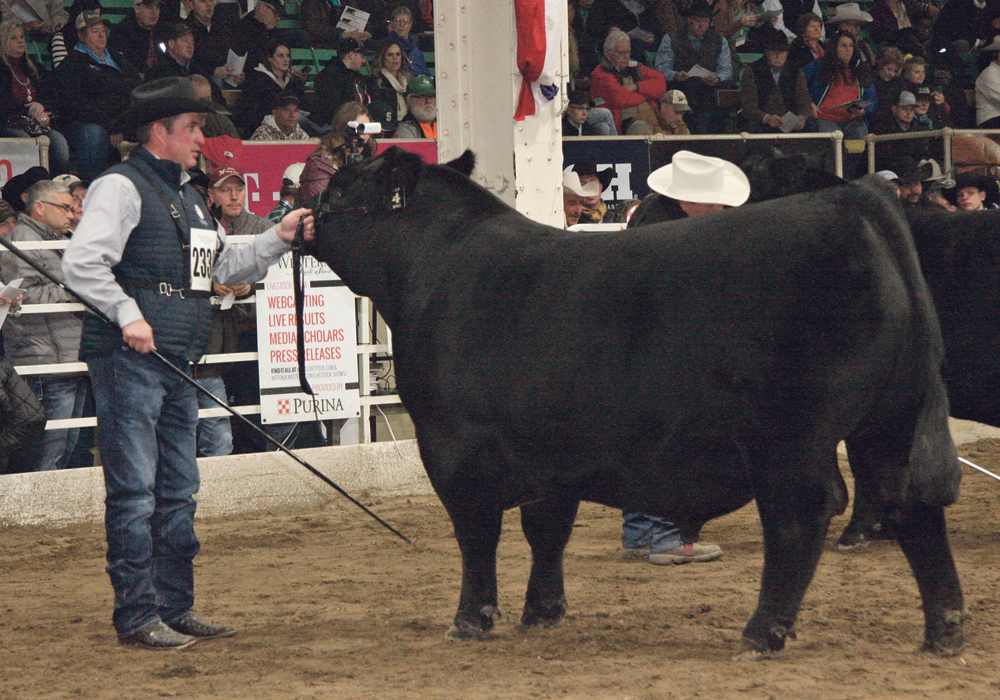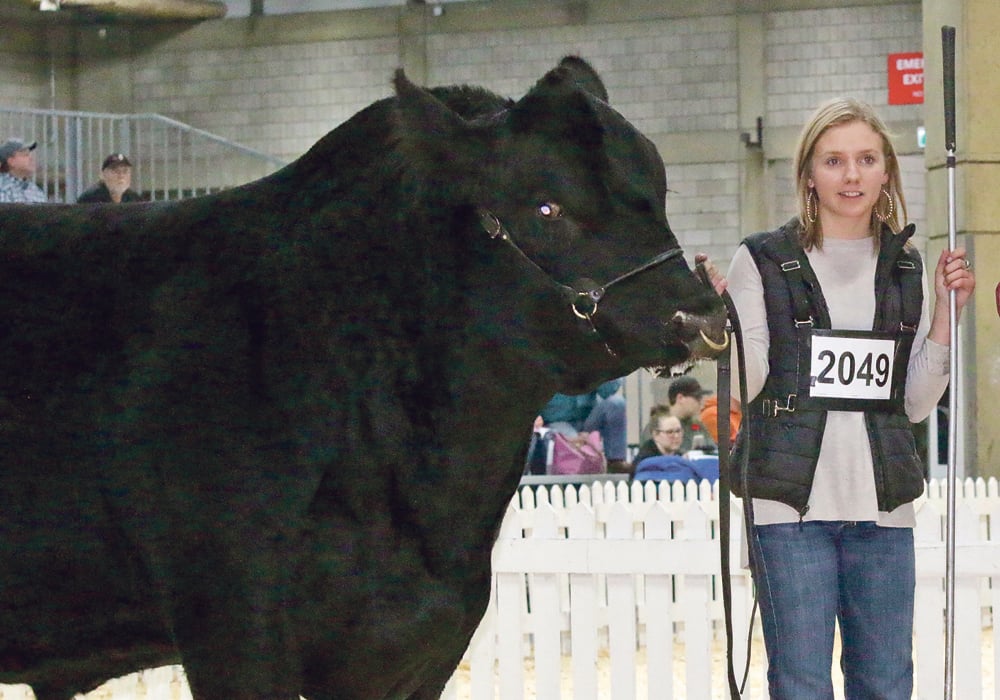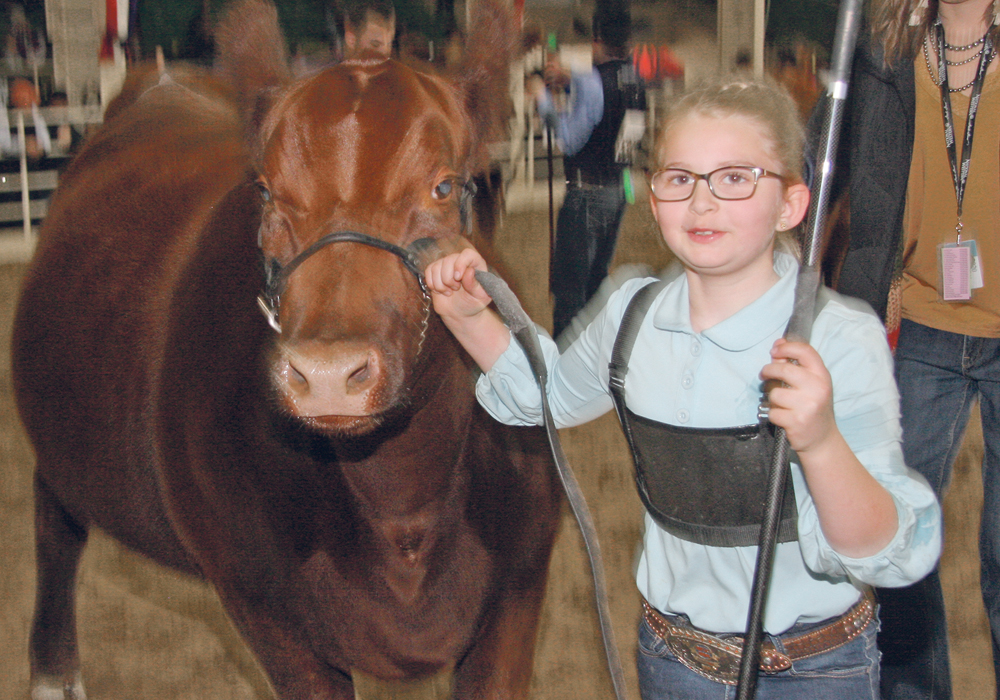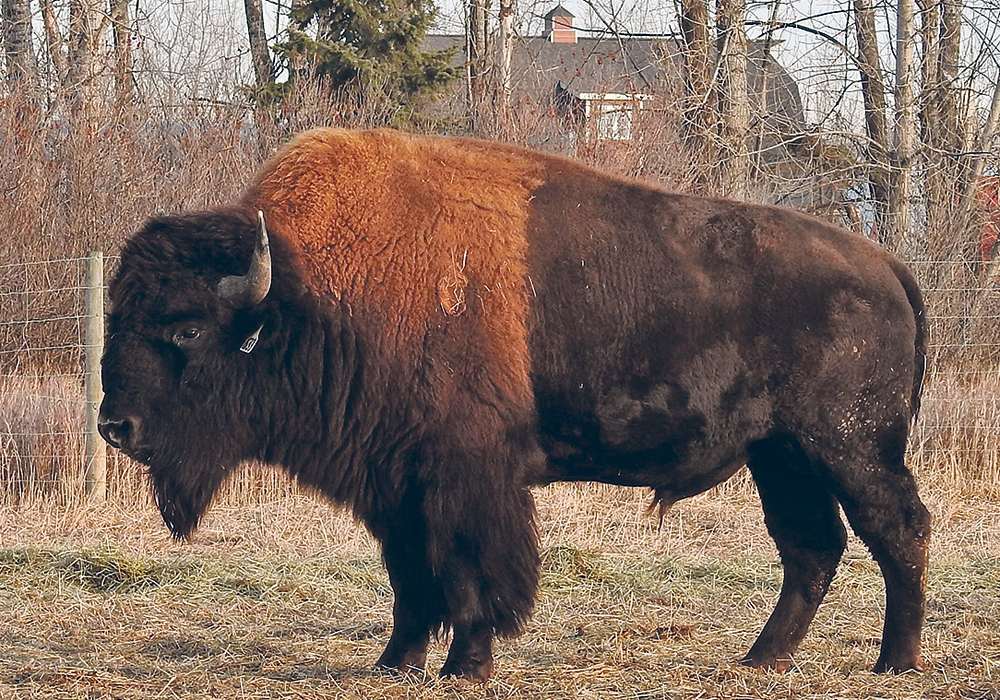DENVER, Colo. — Showing tropical cattle in winter might pose some risks but organizers for the first miniature Zebu show at the National Western Stock Show were rewarded with near record warm temperatures and a crowd eager to snap selfies with the hump-backed cattle.
Zebu are probably the oldest domesticated breed of cattle and evolved from the bos indicus strains of Nelore, Guzerat and Gir found in tropical regions.
They have long, fawn-like faces and may be grey, red, black, white or spotted with a prominent hump on the back that acts as a fat reservoir. They have large ears and upward tilting horns.
Read Also
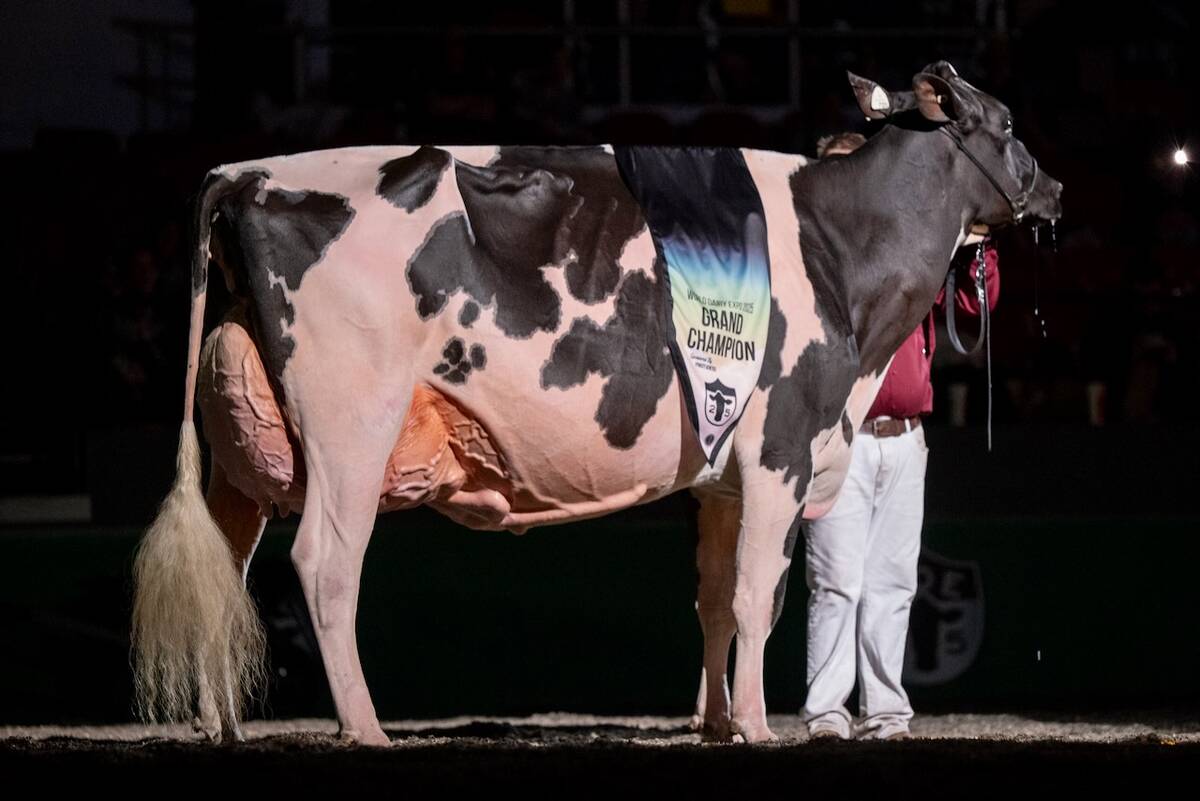
Canadian-bred cow wins World Dairy Expo Holstein show
A cow bred in Saskatchewan, Lovhill Sidekick Kandy Cane, is the Grand Champion Holstein at the 2025 World Dairy Expo.
Adapted to hot climates, they can handle the heat, diseases and parasites.
Linda Day raises them on her farm in Texas and has shown them extensively at state fairs but never at a large national event like the Denver show held Jan. 6-21.
She finds them easy to manage and said they are raised throughout the United States as commercial and hobby cattle. With special handling, they can manage the colder weather.
“As long as you treat them like a horse, they’ll be fine,” she said.
The cattle vary in size but must not exceed 42 inches when measured behind the hump.
Some may be fine-boned, although her cattle have heavier frames, which makes body type more important when paraded before a judge who is looking at conformation rather than size.
There are about 200 million Zebu cattle in India, 155 million in Brazil and about two million in the United States.




